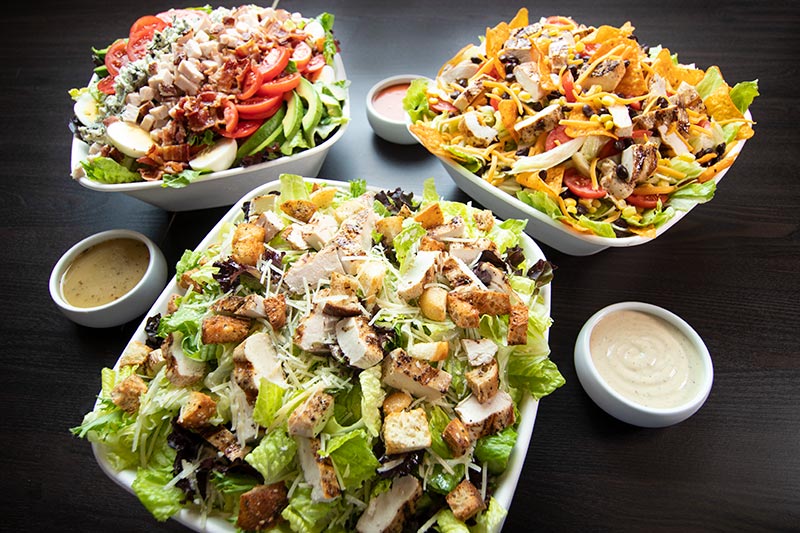

The experiences are useful because they fit the company – and inspire collaboration.
THE BIG SALAD EMPLOYMENT ANDROID
It’s been packed since we opened it young employees talking over dosas, Android phones face down on the table. In the front, dark booths and sheer divider curtains offer intimacy to small teams for meetings in the back, a Bollywood theme encourages group celebrations. Not long ago we opened what feels like a traditional Indian restaurant, with table service for Googlers and a set three-course menu that changes daily. Every day, Google employees can decide what they feel like eating, and in what kind of setting: from a grilled meatloaf sandwich at an all-barbecue joint, to a seitan “Reuben” from the 100% vegan restaurant. At its Mountain View headquarters, we operate 30 different cafés. How do you turn lunch into a moment of community, inspiration, or connection? Take Google. And in that environment, there’s no reason why you shouldn’t have lunch with your colleagues standing outside in the sun, eating fish tacos from a cool van, or sampling different chutneys in an evocatively lit campus restaurant. And work is no longer where people spend just 40 fixed hours per week, but a space with fluid hours and rhythms dictated more by inspiration and the need to innovate. If we’re good at what we do, employees eat with us several times a week or more. Now it’s about more than the food - it’s about the food experience. They answered with locally-sourced salad stations, substituting healthier ingredients into traditional comfort foods, and hosting regular events - from cooking demonstrations to monthly nutrition-education tables.Īnd now, we find ourselves at another turning point. That’s why, starting around 2000 or so, we suggested our chefs put healthy options front and center.
THE BIG SALAD EMPLOYMENT HOW TO
Then, once the quality baseline was established, employers started to ask how to help their employees be happier and healthier with food. The first phase was simply about quality: Excellent food not only helped recruit and retain employees, but also increased productivity by encouraging employees to stay on campus for meals and not waste time getting to and from a restaurant. In 1987, when I launched Bon Appétit Management Company, I had this idea that employees deserved better than mystery meat. In my work supplying food for some of the most innovative companies, I’ve found that making food – and great food experiences – part of everyday office life can make employees happier and more productive. What once was a distraction has become a great way of integrating work and life. But today, food is playing a role far beyond just keeping employees fed and sustained. When I started out in the food service business over four decades ago, corporate food was largely cafeteria-style dreck.


 0 kommentar(er)
0 kommentar(er)
